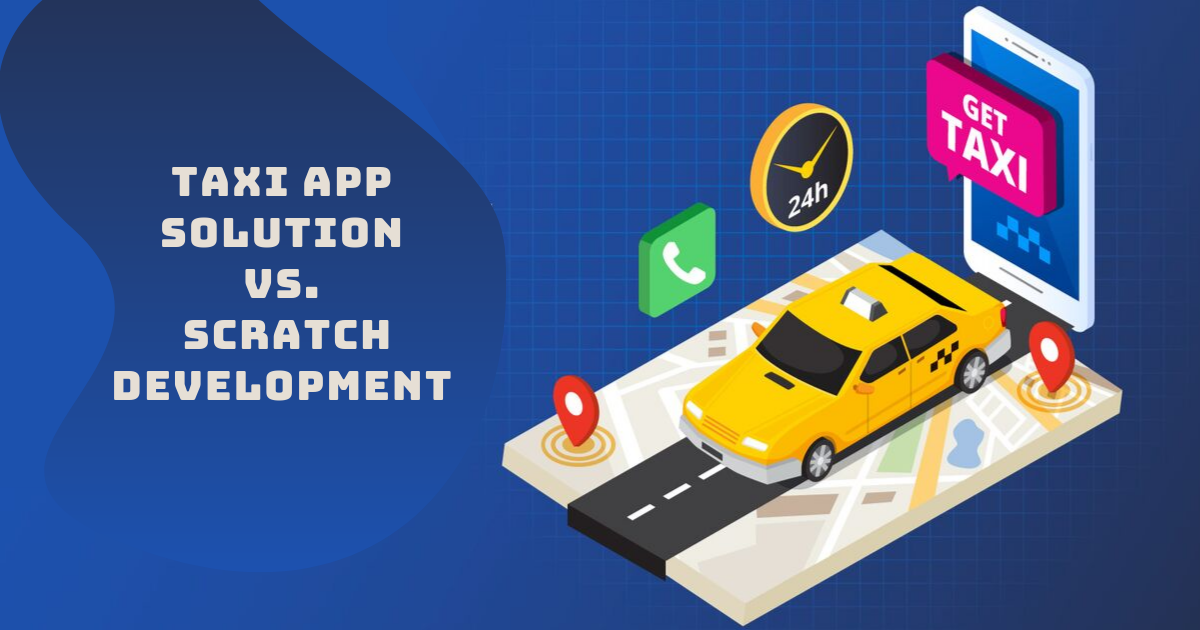The demand for taxi app development is on the rise. Having recognized the profitable revenue that mobile software can bring in, avid entrepreneurs have embarked onto the niche. Which is the best way to develop a taxi application? A ready white label solution or developing it from scratch? Read on to find out.
The fusion of high-speed internet and advanced hardware smartphones gave rise to an entirely new set of programs. Today, these constantly evolving programs, are capable of performing unbound functions and fit right into people’s pockets. Be it entertainment, business management, and booking services, all of those can be accessed with just a few taps and swipes. Mobile phone applications have become an indomitable and inseparable aspect of our lives, thereby changing the way we live.
Taxi apps
Among various industries that have implemented applications in their operations, the taxi industry has hugely benefitted off of the new technology. Ridesharing companies like Uber and Lyft reign the top ranks of the transportation market because of their intuitive, easy-to-use mobile phone applications. Using the programs, customers find it easy to:
- Book a cab of their choice
- Choose a pickup and drop location
- Specify the time at which the service is needed
- Get driver details
- Receive trip summary and invoice
- Give driver feedback
Moreover, applications make managing various operational processes of a taxi business simple. To develop a visually appealing and fully functional taxi software, you will need to decide how you’re going to go about it. Will you build an app from scratch, or will you use a ready-made application? The latter is a safer, faster, and rewarding method. Here’s how.
Advantages of a ready taxi app over developing an app from scratch
Cost
Developing a taxi app incurs costs that are dependent on factors like the size of the app and the number of features it will have. It can be exhaustive in the case of building the software from scratch. On the other hand, using an Uber clone app, a white-label solution will cost you much lesser since it is a ready-to-use application. The clone app will give you financial room to allocate your budget for other essential aspects of the application’s journey, such as marketing.
Time
The market is constantly evolving. To meet its standards, deploying any new feature or service needs to be done quickly. Creating an app from the very bottom is highly likely to result in a long development phase that can span up to years. A white-label solution is the best alternative to spending too much time in developing the app. Clone scripts that already code for features can be effectively incorporated in the app. This enables you to launch your app into the market in a short time.
Customizability
Building an app from the very basics allows you to design every minute element in your software. So does a white-label solution. Modifying pre-existing designs, features, and algorithms is a faster and safer way to develop an app compared to building them from scratch. Change colors, add new features, delete what you think is unnecessary, change icons, and more with a high-quality taxi clone app.
Risk
White label solutions, such as using an Uber clone app will reduce the risk of incurring losses. As clone apps contain features and designs that are proven successful by the actual app itself, your app will be market-ready from the get-go. On the contrary, building an app from scratch will require rigorous testing and experimentation.
Conclusion
Developing a ride-hailing app with a white-label taxi app solution is the safest, quickest, time and cost-effective alternative to the hassles of building an app from scratch.










